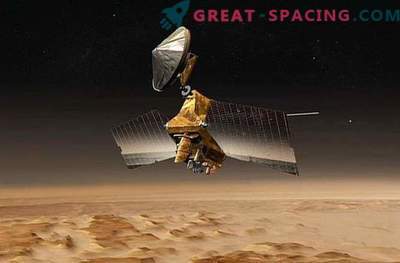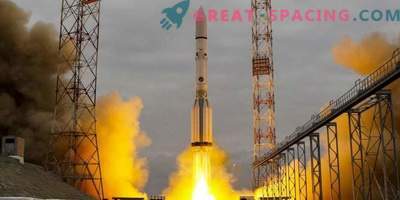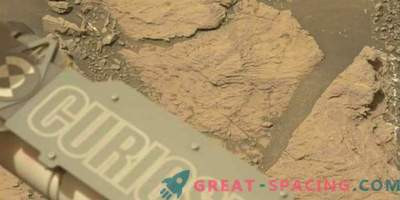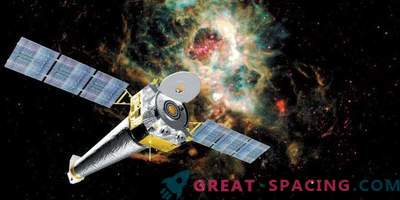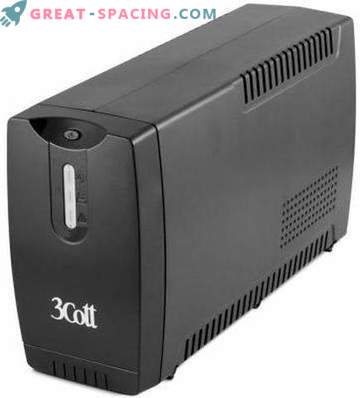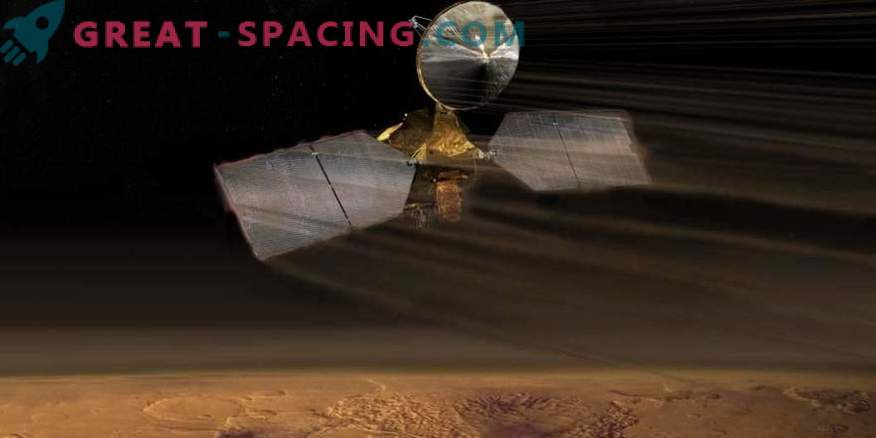
The NASA MRO (Martian reconnaissance apparatus) launched additional observations to help the agency succeed in mastering Mars over the next ten years.
Since its activation in 2005, the MRO has managed to double the planned service life. NASA plans to continue operation in the mid-2020s. High dependence on the star tracker and a departure from aging gyroscopes is one of the methods of restructuring the mission, allowing you to extend the life of the tracker. The next step is to take more battery power.
MRO leaders understand that now their apparatus is a critical element in the program of Martian exploration, as it has to support other missions. Therefore, scientists are looking for ways to extend its life. In flight, emphasis is placed on minimizing the risk of movement.
In early February, the MRO passed the final test of a complete replacement, using only stellar navigation, which made it possible to maintain orientation without gyroscopes or accelerometers. Developers are aiming to switch to the all-star mode in March.
Previously, this function was not used as software, so it was necessary to use gyroscopes and accelerometers containing inertial units of measure to change the orientation in flight.
The mission switched from the original unit to the reserve after 58,000 hours of use. This decision was made several years ago when the first signs of a limited period of work appeared. Now you need to save the time allotted to the device and stretch it to the maximum. Onboard the device there is a backup copy. He uses the camera to view the space and pattern recognition software to distinguish which bright stars come into view. This allows you to navigate in space at a particular moment. Repeating observations up to several times per second accurately indicates the speed and direction.
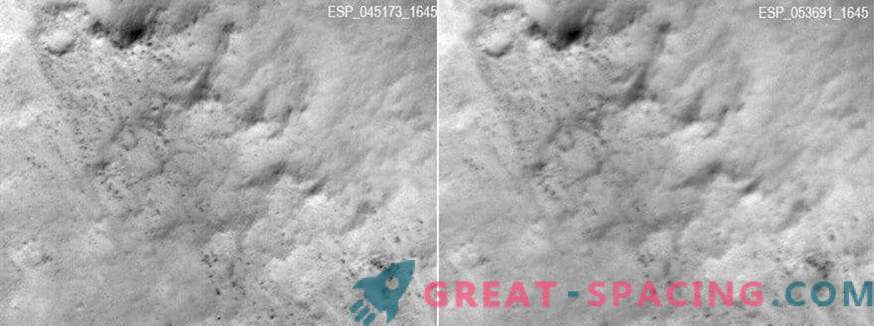
Two frames were taken from the same place on the Red Planet before (left) and after some pictures began to blur unexpectedly. For shooting used camera HiRISE. It displayed the 500-foot territory of the Gusev crater.
Scientists have found that in star mode, you can continue to carry out all the research. The inertial unit is switched on as needed, for example, in safe mode, maneuvering or sending messages. Safe mode is activated in unexpected conditions. Accurate orientation control is important for maintaining communication with the Earth and preserving the solar cell.
To increase battery life, the project has established control over two. This allows you to get more charge. It is planned to reduce the time spent in the Martian shade, when the sun's rays do not reach the MRO batteries. Now it's 40 minutes for every 2 hours of the orbit.
Batteries rechargeable from large solar. Now they get more charge to expand capacity and service life. The creators of the project expect that the MRO will be able to serve for many more years. This is not just a communication relay, but also an important point of surveillance of scientific instruments, allowing you to more accurately determine the landing site. MRO continues to study Mars using 6 tools. Initially, the mission was planned for 2 years. Today, more than 1,200 scientific publications are based on information from the apparatus. The most commonly used camera is HiRISE and a spectrometer for CRISM cards.
These tools have been working for a long time, so in 2017 they began to notice a slight blur in the pictures. Before that, they used a technique that displays a large area in half the resolution. The camera is still leading in terms of resolution - 60 cm per pixel, because of which blur is created.
CRISM is able to find a wide range of minerals on the Red Planet. For a longer wavelength spectrometer, cooling is needed to find signatures associated with water (such as carbonates). Therefore, during the first 2 years, CRISM used 3 cryoscalers to keep the temperature at -148 ° C. 10 years have passed and two cryocoolers have failed. The last allocated 34,000 hours of work. Without this device, the MRO will not be able to observe the near infrared light important for the search for iron oxide and sulphate minerals.
The context camera (CTX) continues to function in a familiar rhythm. The same goes for the SHARAD radar. Instruments for the study of the atmosphere MARCI and MCS are designed for another 12 years of work.
